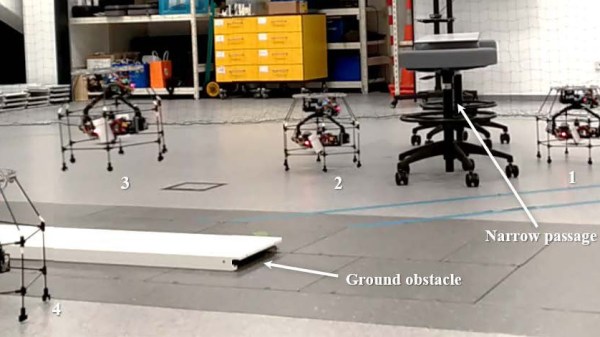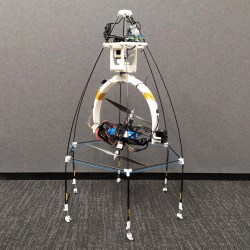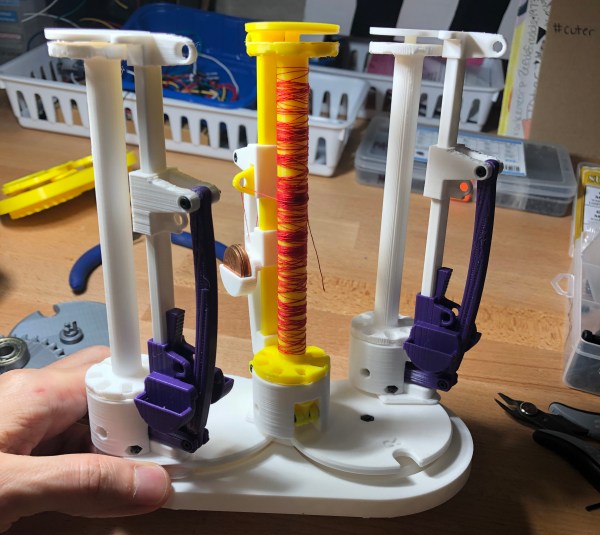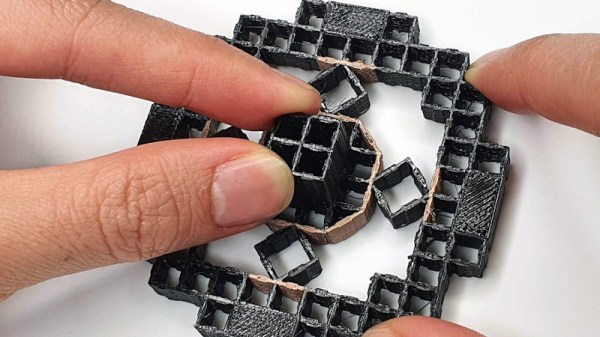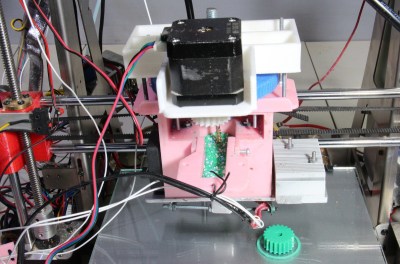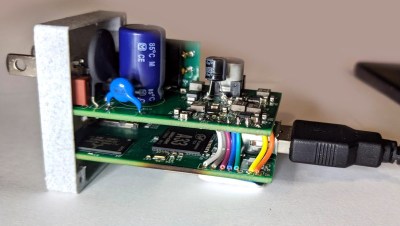FlowIO Platform, a modular pneumatics controller for soft robotics and smart material projects, took home Grand Prize honors at the 2021 Hackaday Prize. Aside from the prestige of coming out on top of hundreds of projects and bragging rights for winning the biggest hardware design challenge on Earth, the prize carries an award of $25,000 and a Supplyframe DesignLab residency to continue project development. Four other top winners were also announced at the Hackaday Remoticon virtual conference on Saturday evening.
In a year full of challenges, this year’s Hackaday Prize laid down yet another gauntlet: to “Rethink, Refresh, and Rebuild.” We asked everyone to take a good hard look at the systems and processes that make the world work — or in some cases, not work — and reimagine them from a fresh perspective. Are there better ways to do things? What would you come up with if you started from a blank piece of paper? How can you support and engage the next generation of engineers, and inspire them to take up the torch? And what would you come up with if you just let your imagination run wild?
And boy, did you deliver! With almost 500 entries, this year’s judges had quite a task in front of them. Each of the five challenges — Refresh Displays, Rethink Work-From-Home Life, Reimagine Supportive Tech, Redefine Robots, and Reactivate Wildcard — had ten finalists, which formed the pool of entries for the overall prize. And here’s what they came up with.
Continue reading “FlowIO Takes Top Honors In The 2021 Hackaday Prize”


